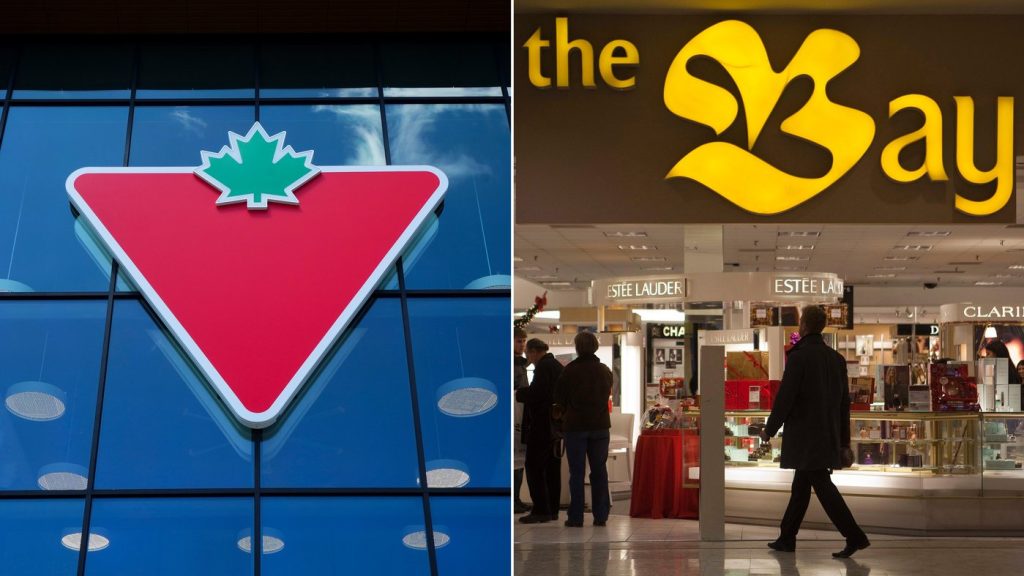Black people faced a disproportionate amount of use of force, Toronto police data says

Posted June 15, 2022 10:31 am.
Last Updated June 15, 2022 1:02 pm.
Toronto’s interim Police Chief James Ramer has apologized as newly released race-based data from Toronto Police concluded that Black people were not only disproportionatly represented in use of force incidents but found that police pointed firearms most often at the Black population compared to other communities.
“For this, as Chief of Police, and on behalf of the Service, I am sorry and I apologize unreservedly. The release of this data will cause pain for many. Your concerns have deep roots that go beyond the release of today’s report. We must improve; we will do better,” said Ramer in a press conference.
The Toronto Police Service’s race-based data collection found racialized communities, including East/Southeast Asian, Indigenous and Middle Eastern people, were overrepresented when it came to use of force incidents and strip searches in 2020.
Police services were required to collect race-based data in 2020 when the Ontario government added “perception of race” to the use of force reports. TPS also decided to include data involving strip searches in their analyses.
“The results have confirmed what, for many decades, racialized communities – particularly the Black and Indigenous communities — have been telling us; that they are disproportionately over-policed. This data demonstrates the unfortunate realities of those experiences,” said Ramer.
The findings released Wednesday utilized this data to analyze which communities are either underrepresented or overrepresented regarding these incidents.
The data will provide a baseline, which TPS can use to move forward with equity policing and track their progress.
“This is about trying to address systemic racism, trying to identify systemic racism and tighten our accountability measures,” said Chief Information Officer for TPS, Colin Stairs.
Stairs acknowledged that TPS has been historically slow regarding police reform and systemic racism but recognized how critical this data would be to address anti-Black racism.
“The service has been historically resistant after these calls, and that’s caused tension in our relationship with communities. We acknowledge that, and we are trying to turn the corner to change our approach,” said Stairs.
“[We] recognize that we must engage in anti-racism, particularly anti-Black racism, because of the disproportionality in the analysis that we’re doing,” added Stairs. “[We] also recognize that race-based data has been misused in the past, further strained community relationships. So we’re trying to do it right this time.”
Breaking down race-based data findings
The race-based data findings studied 949 reportable use of force incidents involving 1,224 members of the public from 86,520 enforcement actions.
The populations used to calculate the use of force incidents did not stem from their actual population in Toronto but rather how often they were involved in enforcement actions.
Black people were 2.2 times more likely to be involved in enforcement actions than their population in the city and The data showed Black people were subjected to almost 40 per cent of all use of force incidents in 2020, despite only making up 24.4 per cent of enforcement action.
East/Southeast Asian people made up 8.5 per cent of these use of force incidents and over 7.1 per cent of the enforcement action population.
Not only were Black people overrepresented in these incidents, but the service also found that higher types of use of force were used on Black people.
Firearms were pointed in 371 of the incidents — four in which a gun was discharged, resulting in two deaths. Black people made up 149 of these incidents.
White people were the only group where higher use of force decreased in these incidents. For example, white people made up 54 per cent of physical or other types of force, the lowest category. Only 26 per cent of incidents involved a firearm being drawn.
In comparison, Black people accounted for 28 per cent who experienced physical force, but 40 per cent of the incidents involved the use of a firearm. East/Southeast Asian and Southeast Asian people were also more likely to experience higher use of force than white people.
Whether a weapon was precieved or not did not change this stat as Black people disproportionatly had a firearm pointed at them when compared to white people.
Dr. Mai Phan, a data expert consultant with the Toronto Police Service, said using the enforcement action data rather than population was vital in establishing multiple benchmarks and finding what differences might have affected the use of force outcomes.
They can then use this data which shows who is over or underrepresented in the use of force decisions, to create solutions.
She uses the example of Indigenous peoples who are overrepresented in the enforcement action population compared to their actual population in Toronto.
“What this tells us is that the apparent overrepresentation in Indigenous people’s use of force outcomes is driven by the upstream effects of having contact with police in the first place,” said Dr. Phan.
“So the leverage for change to drive down the use of force outcomes for incidents involving Indigenous people is to look to ways to reduce the presence of police in responding to those incidents.”
“It’s an opportunity to look at how we do referrals and diversions and also work with community organizations, Indigenous communities living in Toronto, as well as stakeholders to appropriately provide services for Indigenous people and keep them safe,” she added.
When it comes to strip searches, Toronto Police says after a change in policy and procedure, there was a massive drop in the number conducted. These changes include having them captured on audio and video with authorization from a supervisor, along with developing a new training module.
Before the change, 27 per cent of arrests resulted in a strip search, compared to 4.9 per cent afterwards.
Data collected in 2020 found Black, white, and Indigenous peoples were overrepresented in strip searches compared to arrests, and while this is still the case in 2021, the rates are much lower.
When asked whether this data would ever be used to potentially find information on specific officers, Stairs said they would not be.
“Certainly, the community feels that there needs to be stronger accountability around any type of racial disparity or racism in the service, and we have no tolerance for that,” he said. “But the way we’re going to get to that is by tightening accountability measures, having more oversight, and more review of actions of use of force and also moving towards a better measurement of upstream.”
Toronto Police Service’s steps forward
To achieve racial equity in policing, Toronto Police have identified 38 actions to address the use of force and strip searches, some of which have already been implemented.
Of the 38 actions, six have been completed, 22 are in progress, and 10 have not been started. These will fall under five categories: listening and understanding, governance, communication, training and procedures and workflow.
Some of the motions, which stem from the 81 recommendations made by the Toronto Police Service Board, involve doing more to meaningfully engage with the Indigenous population in Toronto.
This includes developing use of force reports specifically for the Indigenous population. It also reviews non-emergency interactions that may be suitable for call diversion.
“Our goal is to focus our efforts on the systemic bias attributable to our actions, the actions we can control. We believe this is the most reliable path forward for us to measure the outcomes of the reforms we have identified together with our community advisory panel, that this approach will ultimately benefit our communities who are experiencing systemic racism,” said Chief Ramer.
Acting Deputy Chief Kim Yeandle said this is just a starting point for the service.
“These action items are a starting point, but for them to be meaningful solutions, it depends on the collaboration with our communities and our members. Our commitment is to work with our communities, our members and our stakeholders,” she said.
“This is not a linear process. This is a cyclical process with no end and no end to our commitment to that continuous learning. They’re all interconnected pieces that will drive the real outcomes that we want here and drive the change.”
TPS will also be holding several town hall meetings over the summer to engage with communities.








